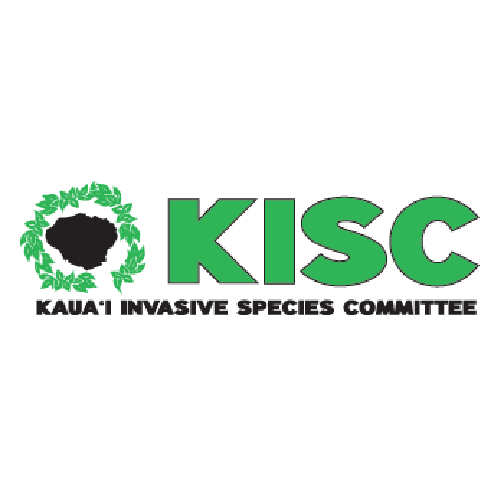Family: Moraceae
Antiaris toxicaria (bark cloth tree, false iroko, sackingtree, upastree) is a large tropical tree native to Africa and parts of Asia, where it is valued for its bark, timber, and traditional medicinal uses. The inner bark is used to make bark cloth, ropes, and mats, while the wood is lightweight and used for furniture and carving. In some cultures, the tree holds spiritual significance and is associated with traditional ceremonies. It can grow rapidly and reach impressive heights, forming a broad canopy and producing small, fig-like fruits.
While Antiaris toxicaria has many traditional and practical uses, it also poses risks. The tree produces a potent cardiac toxin called antiarin, historically used as an arrow poison. This toxic sap makes it hazardous to handle without care. In tropical regions outside its native range, A. toxicaria has shown the ability to naturalize, potentially spreading in disturbed areas. Its fast growth and potential to compete with native vegetation warrant caution before further planting in Hawaiʻi or other sensitive environments.
High Risk Traits:
- Elevation range exceeds 1000 m, demonstrating environmental versatility
- Grows in tropical climates
- Potentially naturalizing on Oahu (Hawaiian Islands)
- Latex toxic; latex and sawdust a skin irritant
- Seedlings and saplings are shade tolerant
- Tolerates many soil types
- Reproduces by seed
- Seeds dispersed by birds, other animals and intentionally by people
- Reported to resprout after fires in Australia; other reports suggest trees are not resistant to fire
Low Risk Traits:
- No reports of invasiveness or naturalization (with the exception of Oahu), but no evidence of widespread introduction outside native range
- Unarmed (no spines, thorns, or burrs)
- Provides fodder for livestock (palatable despite reports of toxicity)
- Not reported to spread vegetatively
- Seeds lose viability quickly




